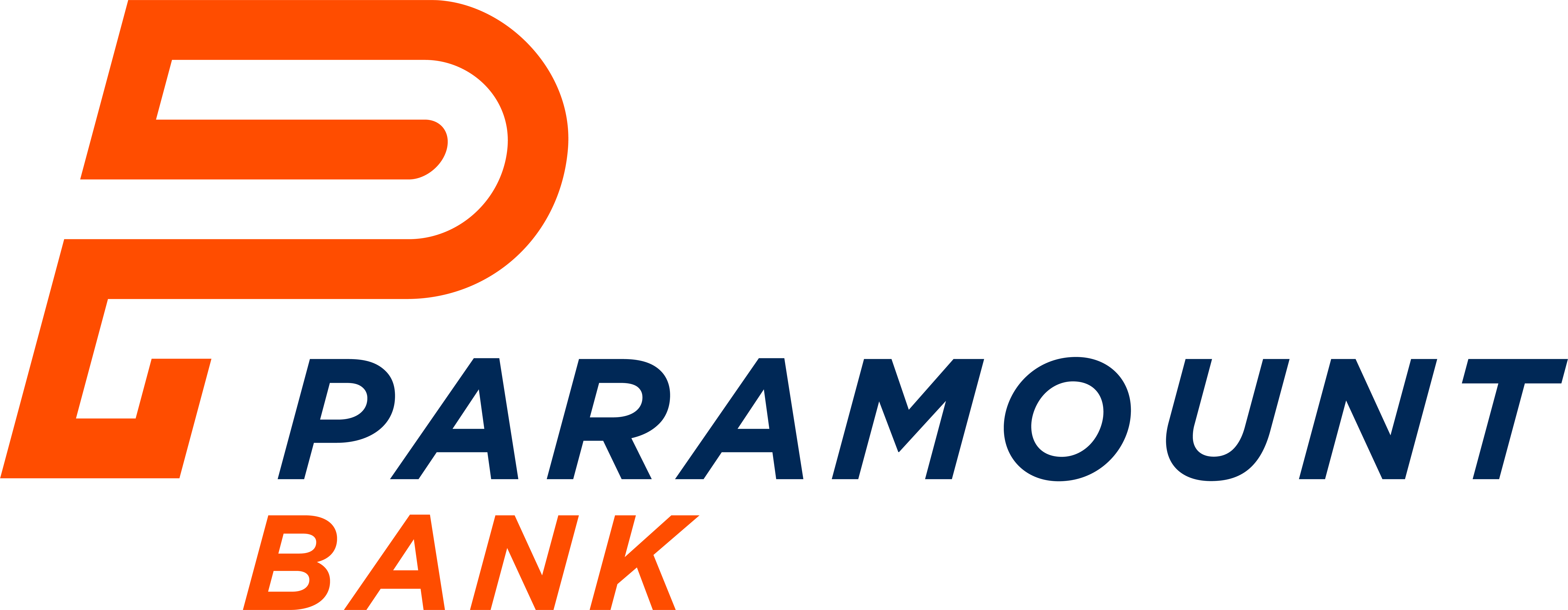
Here are the five most common myths about mortgages… sometimes “conventional wisdom” is not necessarily conventional or wise:
1. A Fixed Rate is Always Best – Fixed rate loans, which often have 30-year terms, are a better deal in many cases – especially true with today’s low interest rates. However, ARMs and hybrid mortgages are preferable for some homeowners. Initial rates are lower, leading to lower payments in the short term. If the homebuyer only plans to be in the house for a short number of years, an ARM has the benefit of a lower rate initially, and the homeowner may move before the adjusted rate becomes burdensome.
2. Always Pay Off a Mortgage As Soon As Possible – Making extra payments toward a mortgage can have a huge impact on the total interest paid, especially early in the mortgage because of the extended compounding. However, if one has a high-interest debt such as credit card debt, it is important to pay that off first to keep that debt from spiraling. Moreover, the interest on the home mortgage is tax deductible, while credit card interest is not. Later in the mortgage, when more of the payments are directed toward interest, one may get a better return on the funds by paying the regular mortgage payment and diverting extra funds to higher-returning investments.
3. One Should Always Provide a 20% or Larger Down Payment – It’s true that it is both common and smart to put 20% down, especially as standards have tightened since the housing crisis. However, one can still acquire a loan with a lower down payment. The FHA and VA loan programs exist for this purpose – to extend home affordability to those with lesser down payment money and lower incomes. Even without FHA/VA backing it is still possible. Private Mortgage Insurance (PMI) will be required, the interest rate may be a little higher – but it is still doable.
4. Pre-qualification and Pre-approval Are the Same Thing – Pre-qualification takes rudimentary information from the potential borrower to estimate how much of a home they can afford to buy – it is the browsing stage. Pre-approval is more in-depth, with an analysis of credit score information, verification of income and assets, and other relevant information. It is the intermediate step between pre-qualification and a final loan offer.
5. The Lowest Interest Rate is Always Best – It’s important to look at the APR, not just the interest rate. The APR is designed to consider all the yearly costs associated with a mortgage, including fees and closing costs, PMI, and other costs over and above the payments on principal and interest. One should also consider what costs are included in the APR for each lender. If a homebuyer needs added cash to pay closing costs, a slightly higher interest rate (such as one-quarter percent) could be paid over the life of the loan to free up cash at closing.

